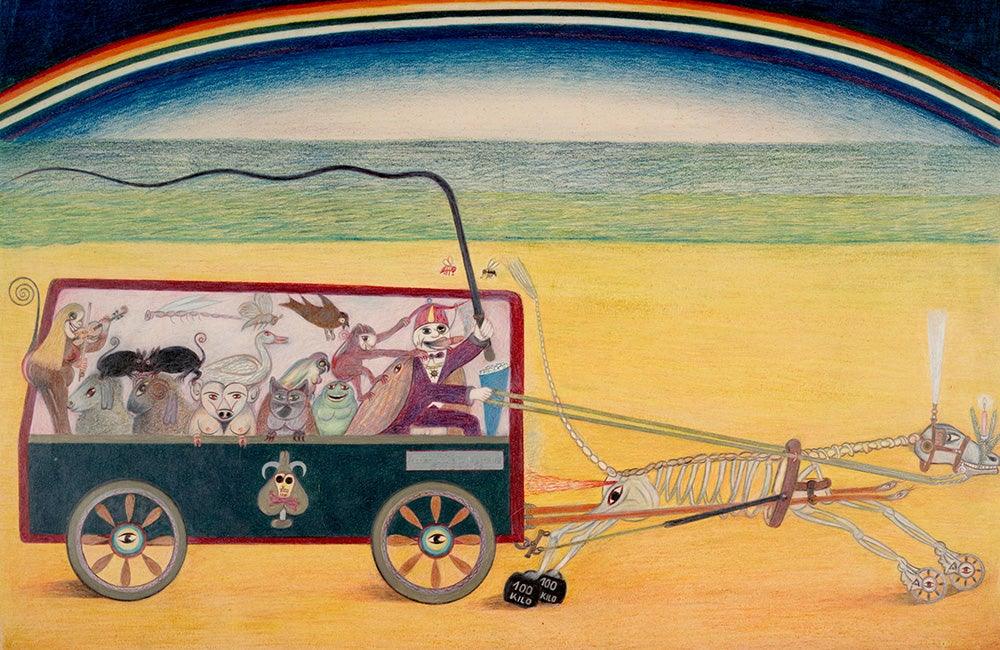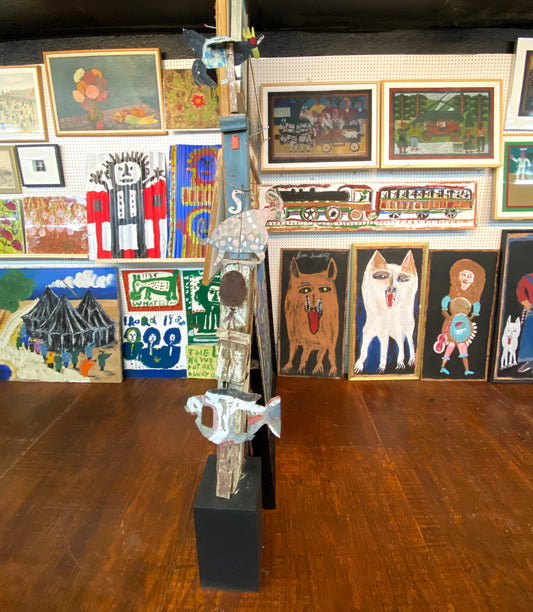First published: Winter 2013
Emil Friedrich Schröder was born on September 11, 1892, the second of thirteen children in the hamlet of Kaukehmen in the rural district of “Elchniederung” [elk flat] near East Prussia’s north-east border with Lithuania. Living on a farm where pigs, cattle and horses were bred, and a wondrous travelling circus whose members are said to have taught stable-boy Friedrich “small comic roles” and discovered his “comic talent”, are among the lasting impressions of his youth.
From his frank autobiographical account we learn nothing about his family, except for his concern about no longer being a financial burden to his parents: a passive alcoholic father who earned a living as a head railway postal clerk and a mother with frail nerves, physically unfit for her role. “Friedrich the one and only” feels abandoned by the whole world and, from childhood on, finds pleasure in climbing trees in the twilight and peeing on eavesdropped-lovers in their Sunday best, which to him is worth the good hiding that follows. He replaces the sexual intercourse he cannot have with loving, protective sexual contact with animals, the then still punishable “zoophilia erotica” (Richard Freiherr von Krafft-Ebing).
It is with the same lack of moral feeling and pleasure in such naughtiness, malice and filth that Schröder’s sense of justice defends itself against the reprisals of the hypocritical social order, and he, little by little, becomes the convincing liar and erotic troublemaker without any sense of guilt or remorse who finally, as a dedicated devotee of moral insanity and dark romanticism, works mainly as an artist. His indifference and indisposition with regard to any useful occupation thwarts both his professional training as a gardener and also his usefulness in the army.
As early as the age of fourteen years old, the work-shy troublemaker with leanings towards robbery is thrown into reform school. Convicted for vagrancy and the brazen theft of horses, the 26-year-old is legally incapacitated at the mental asylum of Allenberg with the diagnosis “adolescent insanity”. He is also said to have expressed the delusional idea of a vehicle driven by steam or electricity being able to reach a speed of 3,600 kilometres per hour. After further internments, the delinquent who was released several times escapes to Berlin in 1919. There he begins boasting of mind-expanding “capacities as a medium”, the religious, mystical antenna of his inspiration, when an unnamed occult sect or lodge takes him under its wing and acquaints him with the teachings of phrenology, graphology, chiromancy and astrology.
Under the pompous title “Dr. phil. Eliot Gnass von Sonnenstern, Specialist Psychologist for University Science”, he opens an “Institute for the Culture of the Body, Spirit and Soul” that also travels to health resorts in northern Germany. As a naturopath, faith healer and medical occultist, the doctor, with the fortune teller “Aunt Martha” (Möller) at his side, who becomes his lifelong comrade and patron in good times and in bad, simulates a role that fulfils the expectations of his gullible audience. A small group of people vests the duo with an authority that the two are then obliged to live up to. Their unorthodox, secular pastoral care and counselling is a social phenomenon and sincere insofar as it is needed and taken seriously by a social group.
This is an article extract; read the full article in Raw Vision #80




